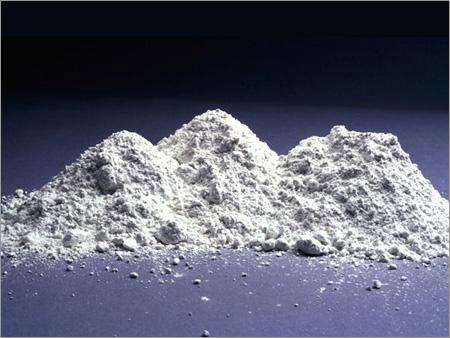Novacem Cement will replace Portland cement?
With too much CO 2 emissions due to limestone cement production, Nikolaos scientist has developed a green cement that absorbs CO2.
The production of cement for concrete includes many stages: heating small crushed limestone, clay and sand to a temperature of 1,450 degrees Celsius by fuel such as coal, natural gas.
That process produces tremendous amounts of CO 2 . Producing one ton of cement of this type (Portland cement) releases 650 - 920 kg of CO 2 . Major 2.8 billion tons of cement produced worldwide in 2009 accounted for 5% of the total CO 2 emissions.
Therefore, researcher Nikolaos Vlasopoulos tested a new production method to eliminate the emissions of cement production. It will absorb part of the CO 2 , estimated at 100 kg per ton of cement. The new type of cement is called Novacem.
He discovered the formula of Novacem cement since he was a student at the Royal University of London (UK). Vlasopoulos said: 'I have studied many types of cement produced by mixing the magnesium oxide with Portland cement and realizing, when adding water to the magnesium mixture without limestone (contains a lot of CaCO 3 , the substance when Calcination will produce CO2. New cement has the desired hardness, especially when burning in gas. "

Novacem cement quality is not inferior to normal cement from limestone.
Vlasopoulos is determining exactly how the Novacem product produced is of the same quality as limestone cement.
Another study by Calera, a company in California (USA), aims to reduce the amount of carbon dioxide in Portland cement. However, the new Calera cement tends to complement Portland rather than become a replacement like Novacem.
Novacem Cement faces the problem of industrial production process design. Novacem Cement needs to produce with a capacity of 500,000 tons / year to achieve cost as Portland cement.
The future of green cement, more environmentally friendly, has many questions. However, the new material will really change the current construction industry, contributing to better environmental protection.
Source: Technology Review
- Green cement
- Transparent materials replace cement in the future
- Future iPhone made from cement?
- Tile adhesive will gradually replace cement mortar in construction
- The formula makes the new type of cement reduce the amount of CO2
- Cement is smart to withstand both bombs
- Scientists first made cement in the universe
- Germany produces cement 'green'
- Radiation protection cement
- Mexican doctor invented luminescent cement with a lifespan of over 100 years
- Build solid houses from clay
- Cement holds safe nuclear waste for 100,000 years
 Is the magnetic North Pole shift dangerous to humanity?
Is the magnetic North Pole shift dangerous to humanity? Washington legalizes the recycling of human bodies into fertilizer
Washington legalizes the recycling of human bodies into fertilizer Lightning stone - the mysterious guest
Lightning stone - the mysterious guest Stunned by the mysterious sunset, strange appearance
Stunned by the mysterious sunset, strange appearance